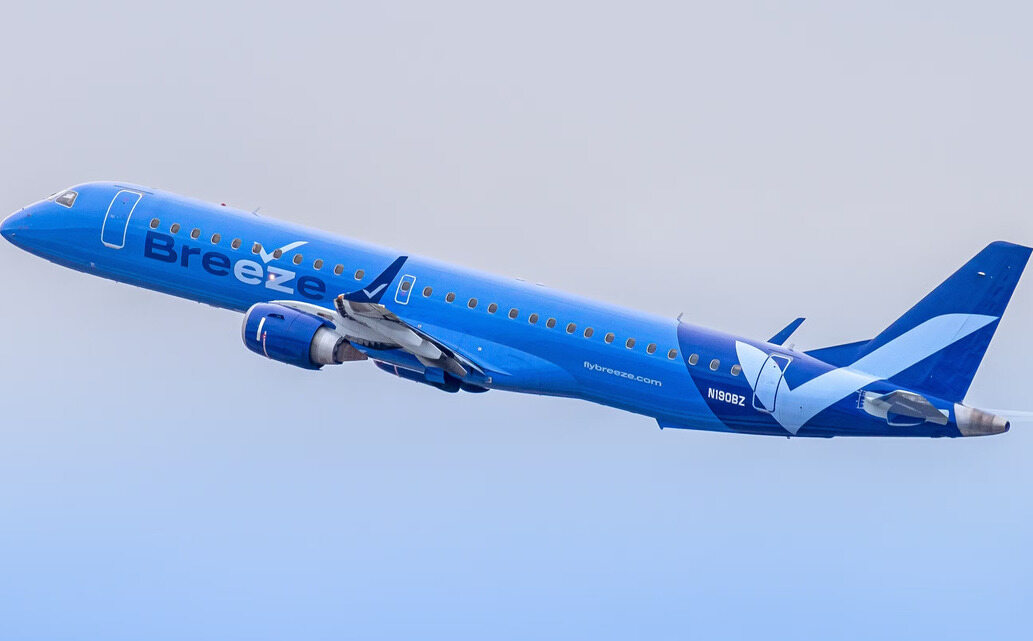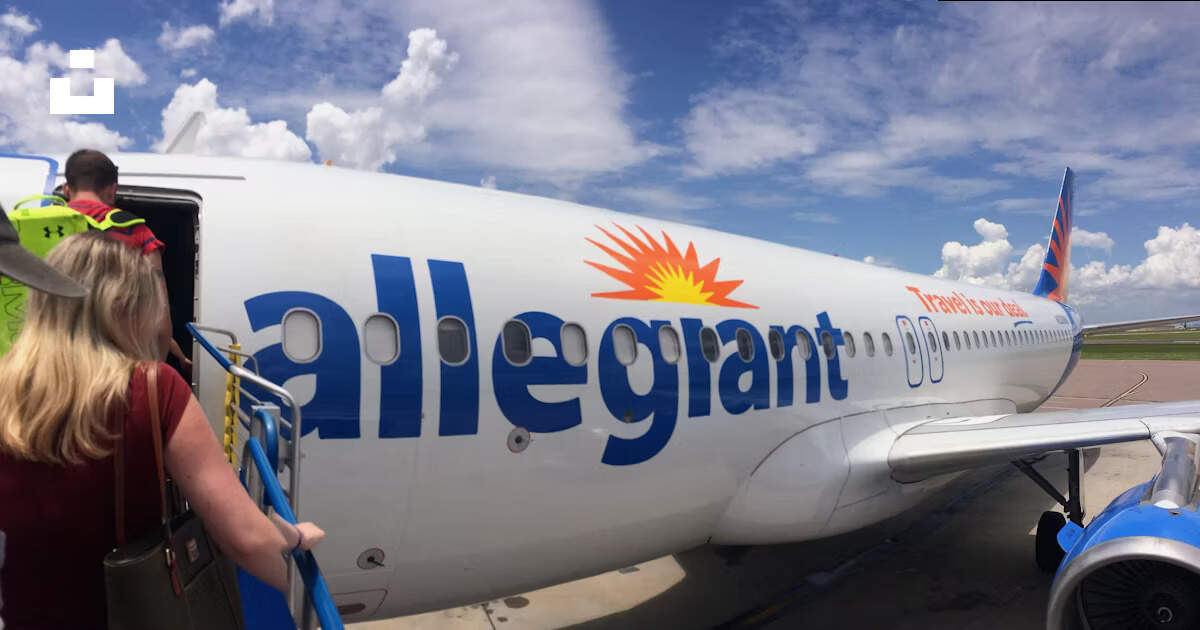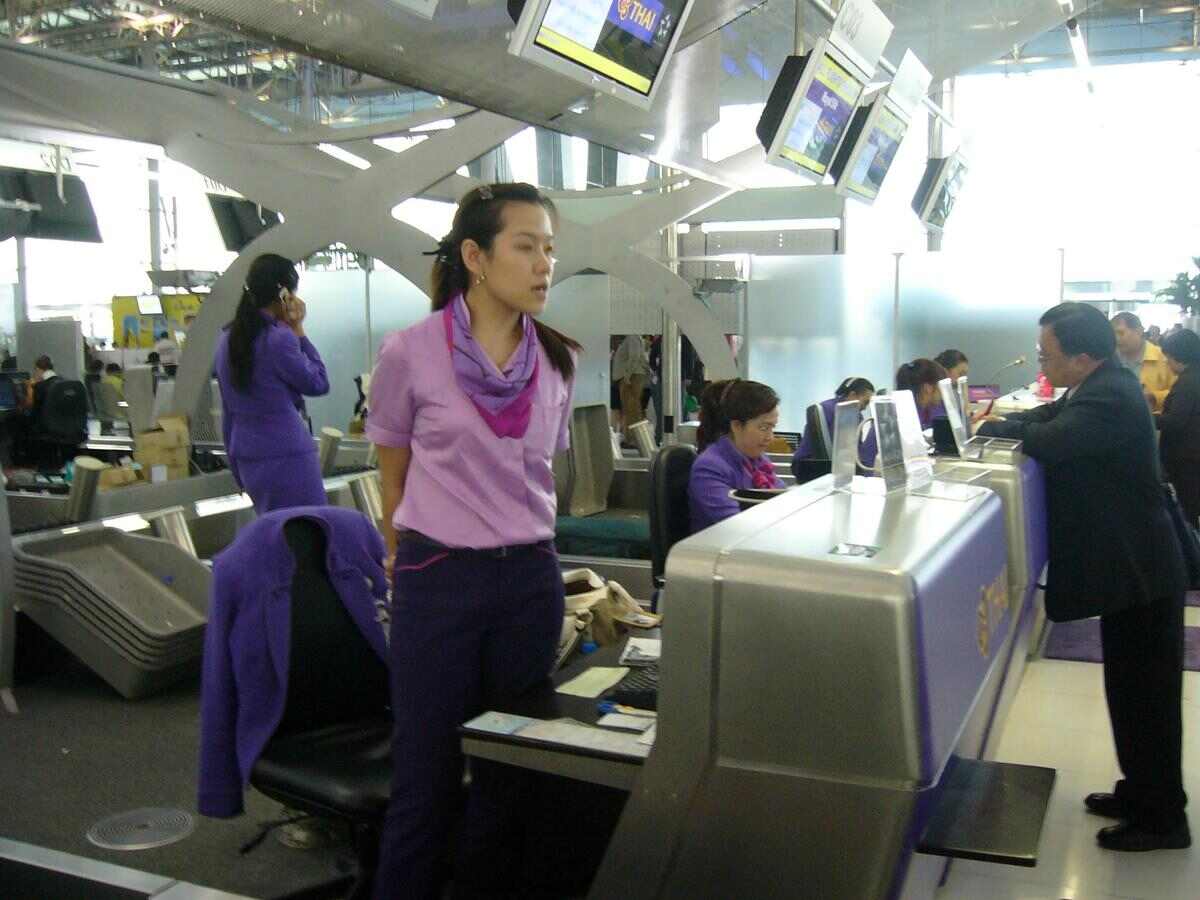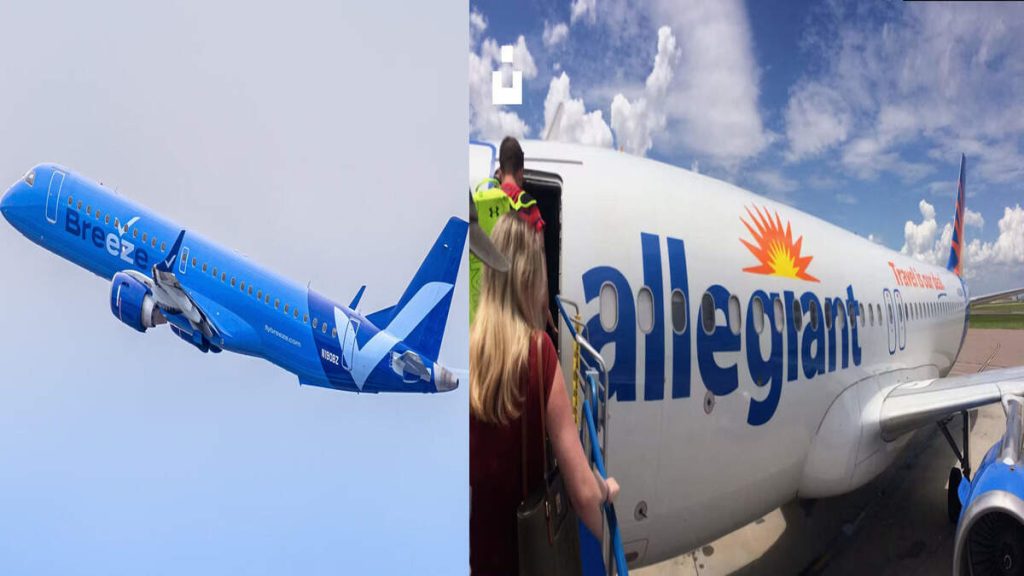Breeze Airways and Allegiant Air have distinct approaches to their route networks. Breeze Airways, launched in 2021, targets secondary cities with point-to-point service, bypassing major hubs. They’ve mapped out around 80 routes spanning 30 destinations, with plans for growth. Breeze connects cities like Charleston, South Carolina; Bentonville, Arkansas; and Hartford, Connecticut without detours through busier airports.
Allegiant Air, operating since the late 1990s, serves nearly 130 destinations primarily within the U.S., focusing on smaller, regional airports. They fly to places like Asheville, North Carolina; Bellingham, Washington; and Bozeman, Montana. Allegiant often uses secondary airports within larger metropolitan areas, such as Phoenix-Mesa Gateway Airport instead of Phoenix Sky Harbor International Airport.
Key Differences:
- Breeze Airways: Direct connections between secondary cities
- Allegiant Air: Operations from even smaller regional airports with limited weekly flights per route
Breeze’s network, though young, shows strategic coverage of less trafficked routes. Their fleet of 14 planes, with 80 more on order, supports this expansion. Allegiant’s widespread network reaches into often neglected areas, operating a fleet of mostly Airbus planes with an average age of 13 years.
While both airlines offer unique strengths in connecting underserved markets, they suit different traveler needs. Breeze provides a simplified, direct travel experience, while Allegiant focuses on affordability and access to diverse, often rare destinations.

Pricing and Fees
Breeze Airways and Allegiant Air both offer low base fares, but their fee structures differ significantly.
Breeze Airways Fare System:
- Nice: Most economical, includes only a personal item
- Nicer: Includes carry-on, checked bag, priority boarding, extra legroom, and complimentary snack and drink
- Nicest: First-class experience with more spacious seats, an additional checked bag, and extra amenities on longer flights
Breeze charges $20 to $29 for carry-on and checked bags, depending on the route. Seat selection ranges from $10 to $39.
Allegiant Air Fee Structure:
- Personal item included
- Carry-on bags: $18 to $20 each way
- Checked bags: $22 to $25
- Seat selection: $5 to $40 per flight
- Printing boarding pass at airport: Additional fee
Notable difference: Breeze sets itself apart by not charging change or cancellation fees, offering flexibility that’s increasingly rare in the industry.
While Breeze’s multi-class approach allows travelers to choose their level of comfort and service, Allegiant’s model offers a low entry cost that can be customized with add-ons. Understanding these pricing structures helps travelers choose the option that best aligns with their needs and budget.
In-Flight Experience
Breeze Airways and Allegiant Air offer distinct in-flight experiences, each catering to different traveler preferences.
Breeze Airways:
- “Nice” fare: 32 inches of seat pitch
- “Nicer” class: 39 inches of legroom
- “Nicest” fare: First-class seats with AC power outlets, USB-C ports, and larger tray tables
- Device mounts at each seat for personal entertainment
- First-class passengers receive complimentary full-sized snacks and alcoholic drinks on flights over four hours
- Wi-Fi coming soon on Airbus A220 aircraft
Allegiant Air:
- Standard seat pitch of 30 inches
- Non-reclining seats
- No in-flight entertainment systems or Wi-Fi
- Strictly pay-as-you-go service for beverages and snacks
Summary
Breeze Airways offers a more comfortable and tech-friendly in-flight experience with various seating options, personal device mounts for entertainment, and plans to introduce Wi-Fi. Their first-class amenities add an extra touch of luxury for longer flights.
Allegiant Air, on the other hand, provides a basic and no-frills in-flight experience with standard seating, no reclining seats, and a pay-as-you-go model for snacks and drinks, catering to budget-conscious travelers who prioritize low fares over additional amenities.
Safety and Reliability
Safety and reliability are crucial factors when selecting an airline. Breeze Airways and Allegiant Air both have strong safety records, each earning a 7 out of 7 safety rating from AirlineRatings.com. Breeze Airways operates a modern fleet, which can contribute to fewer mechanical issues and potentially higher reliability. Additionally, given that the airline is still new, its aircraft are equipped with the latest safety features and technology.
Allegiant Air, despite its older fleet, has shown a consistent commitment to safety through rigorous maintenance protocols and regular safety audits. Although they may have had a history of flight delays and cancellations, they prioritize passenger safety, making sure that they comply with all aviation regulations and standards.

Customer Service and Flexibility
Breeze Airways and Allegiant Air present contrasting approaches to customer service and flexibility.
Breeze Airways:
- No-fee change and cancellation policy
- Uncomplicated online booking system
- User-friendly mobile app for easy itinerary management
- Commendable customer service with friendly staff
Allegiant Air:
- Traditional ultra-low-cost carrier model
- Steep penalties for changes and cancellations
- Complex fee structure for alterations
- Straightforward booking, but challenging reservation modifications
- Mixed customer service experiences with reported response delays
Allegiant’s limited flight schedule can pose challenges when plans change, as passengers might face long waits for the next available flight on less-traveled routes. However, Allegiant does offer convenience for those living near the secondary airports they serve.
“Breeze Airways shines with its customer-centric policies and emphasis on user-friendly booking and supportive customer service.”

Fleet Comparison
- Breeze Airways:
- Launched in 2021
- Young fleet of Embraer E190/E195 jets and Airbus A220 aircraft
- Enhanced safety features and greater fuel efficiency
- More reliable operation with fewer mechanical issues
- Allegiant Air:
- Established in the late 1990s
- Fleet average age: about 13 years
- Primarily Airbus aircraft
- Regular maintenance checks and updates
Both airlines focus on serving smaller, less congested airports, which can lead to smoother operations and fewer air traffic delays. However, this strategy presents unique challenges:
| Airline | Challenge |
|---|---|
| Breeze Airways | Smaller fleet size may limit flexibility in case of disruptions |
| Allegiant Air | Limited flight schedules can leave passengers with fewer rebooking options |
On-Time Performance
Breeze Airways generally maintains consistency, aided by its new aircraft and efficient routes. Allegiant Air’s operational model prioritizes cost-efficiency, which can sometimes lead to flight disruptions due to their smaller network and older fleet requiring more frequent maintenance.
“Both airlines prioritize safety and adhere to rigorous federal aviation standards.”
In conclusion:
- Breeze offers newer aircraft and a focus on less congested airports, potentially enhancing the overall travel experience.
- Allegiant brings extensive experience and a substantial safety track record but may require more patience from travelers.
- The choice between the two may depend on factors such as convenience and cost, with safety assured for both options.
